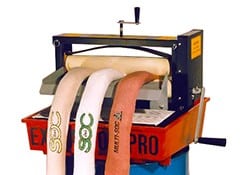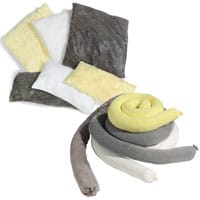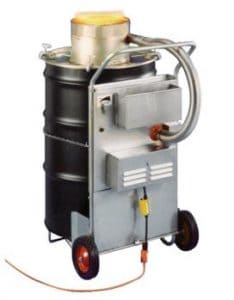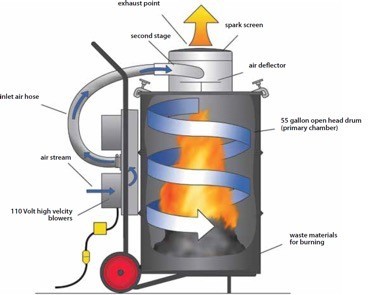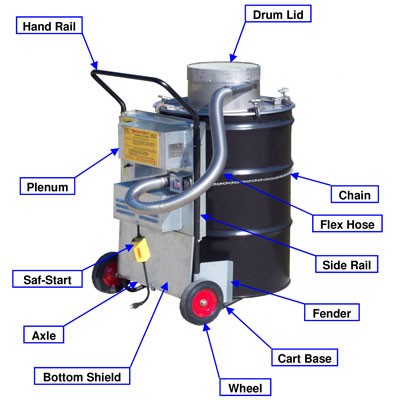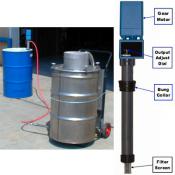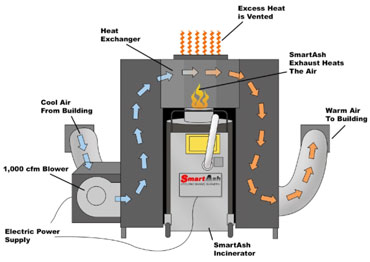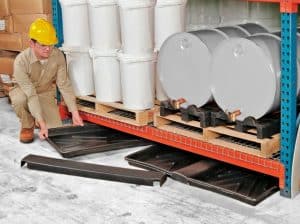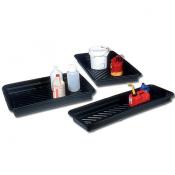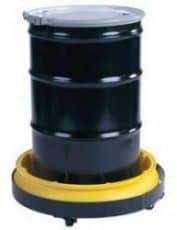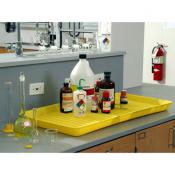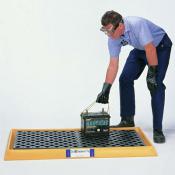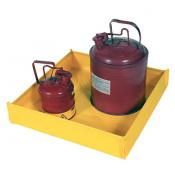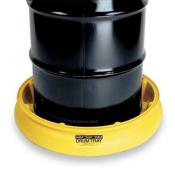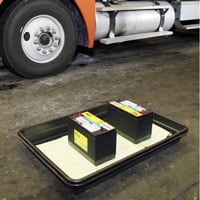In recent years, super absorbent polymer (SAP) technology has made significant strides in various industries due to its remarkable water retention capabilities. From agriculture to hygiene products, SAPs are transforming the way we manage moisture and absorbency.
This article delves into the science behind super absorbent polymers, their applications, and the future potential of this revolutionary technology.
Understanding Polymer Science
To appreciate the impact of super absorbent polymer technology, it’s essential to understand the basics of polymer science.
Polymers are large molecules composed of repeating structural units known as monomers. These long chains can exhibit a wide range of properties, from flexibility to high strength, depending on their chemical composition and structure.
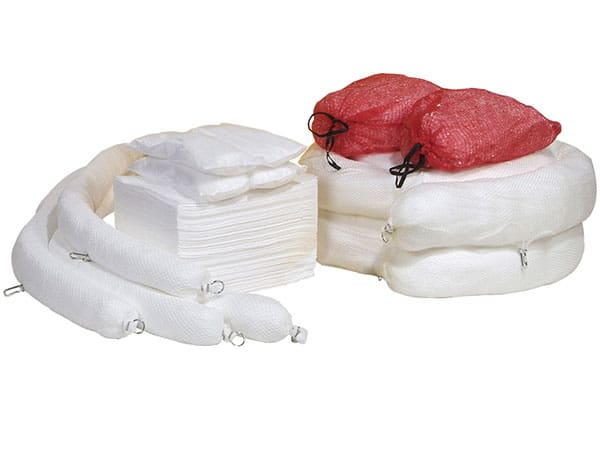
What Are Super Absorbent Polymers?
Super absorbent polymers are a class of polymers that can absorb and retain extremely large amounts of liquid relative to their own mass. The most common type of SAP is made from sodium polyacrylate, which can absorb up to 300 times its weight in water.
How Do SAPs Work?
The magic of super absorbent polymers lies in their ability to form a gel-like substance upon contact with water. This process involves the polymer chains uncoiling and expanding, creating a network that traps and holds water molecules. The result is a highly efficient material capable of managing large volumes of liquid.
Applications of Super Absorbent Polymer Technology
The exceptional absorbency of SAPs has led to their adoption in various industries, each benefiting from their unique properties.
Hygiene Products
One of the most well-known applications of SAP technology is in hygiene products such as diapers, adult incontinence products, and sanitary napkins. The ability of SAPs to absorb and lock away moisture ensures that these products remain dry and comfortable for extended periods.
Agriculture
In agriculture, super absorbent polymers are used to improve water retention in soil. This is particularly beneficial in arid regions where water is scarce. By incorporating SAPs into the soil, farmers can enhance the soil’s ability to retain moisture, reduce irrigation frequency, and promote healthier plant growth.
Medical Applications
SAPs are also making waves in the medical field. They are used in wound dressings to absorb exudate and maintain a moist environment conducive to healing. Additionally, SAPs are employed in drug delivery systems, where they control the release of medication over time.
Industrial Uses
In the industrial sector, SAPs are used for various purposes, including spill control, water filtration, and even as a component in concrete to improve its curing process. Their versatility makes them an invaluable resource in many industrial applications.
Advantages of Super Absorbent Polymers
The adoption of SAP technology offers several advantages, making it a preferred choice in numerous applications.
High Absorbency
The primary advantage of SAPs is their unparalleled absorbency. This allows them to manage large volumes of liquid efficiently, making them ideal for applications where moisture control is critical.
Versatility
SAPs can be customized to suit specific needs by altering their chemical composition and structure. This versatility enables their use in a wide range of industries, from agriculture to medical applications.
Cost-Effectiveness
Despite their advanced capabilities, SAPs are relatively inexpensive to produce. This cost-effectiveness makes them accessible for various applications, providing significant value for their price.
Environmental Benefits
In agriculture, the use of SAPs can lead to reduced water consumption and improved crop yields, contributing to more sustainable farming practices. Additionally, some SAPs are biodegradable, reducing their environmental impact.
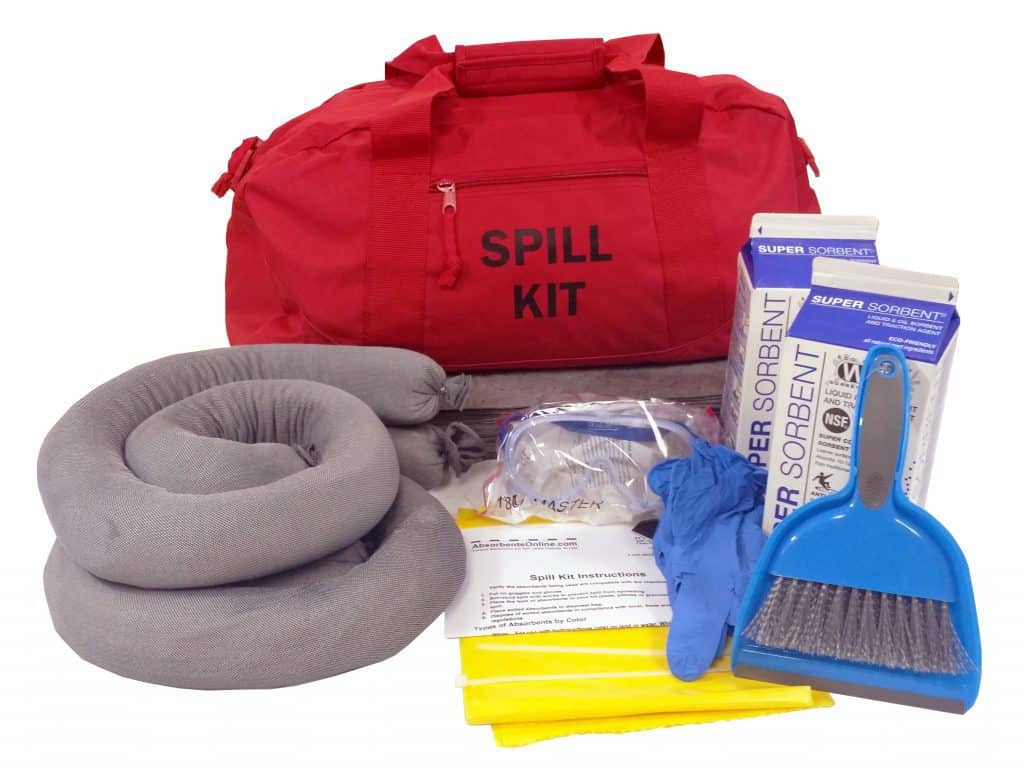
Challenges and Future Prospects
While SAP technology offers numerous benefits, it is not without its challenges. Addressing these issues is crucial for the continued advancement and adoption of SAPs.
Environmental Concerns
One of the primary challenges is the environmental impact of SAPs. While some SAPs are biodegradable, many are not, leading to concerns about their long-term effects on the environment. Research is ongoing to develop more eco-friendly SAPs that degrade more readily.
Performance in Saline Conditions
SAPs can lose their effectiveness in saline conditions, which limits their use in certain applications, such as saline agriculture or marine environments. Developing SAPs that can perform well in high-salinity conditions is an area of active research.
Cost and Scalability
While SAPs are generally cost-effective, the production of high-performance SAPs can be expensive. Scaling up production to meet growing demand without compromising quality is a challenge that manufacturers must address.
Future Potential of Super Absorbent Polymer Technology
The future of SAP technology looks promising, with ongoing research and development aimed at overcoming current challenges and expanding their applications.
Innovations in Polymer Science
Advances in polymer science are expected to lead to the development of new SAPs with enhanced properties. These innovations could result in SAPs that are more absorbent, environmentally friendly, and capable of functioning in a broader range of conditions.
Expanding Applications
As SAP technology continues to evolve, new applications are likely to emerge. For instance, SAPs could play a role in developing advanced drug delivery systems, improving water management in urban areas, and even in space exploration to manage moisture in closed environments.
Sustainable Solutions
The focus on sustainability is driving research into eco-friendly SAPs. Developing biodegradable and non-toxic SAPs will be crucial for their long-term viability and acceptance in various industries.
Conclusion
Super absorbent polymer technology has revolutionized the way we manage moisture and absorbency across multiple industries. From enhancing the comfort of hygiene products to improving water retention in agriculture, the applications of SAPs are vast and varied.
As research continues to advance, we can expect even more innovative uses and improvements in SAP technology, making it an indispensable tool for addressing some of the world’s most pressing challenges.
By understanding the science behind SAPs and their potential, we can better appreciate the transformative impact of this remarkable technology.
Shop with Absorbents Online
Ready to experience the benefits of super absorbent polymers firsthand? Visit Absorbents Online to explore our extensive range of high-quality SAP products. Whether you’re looking for advanced hygiene solutions, agricultural enhancements, or industrial-grade absorbents, we have everything you need. Our products are designed to meet the highest standards of efficiency and reliability, ensuring optimal performance in any application. Don’t wait—shop with Absorbents Online today and discover the superior absorbency that sets us apart from the rest.
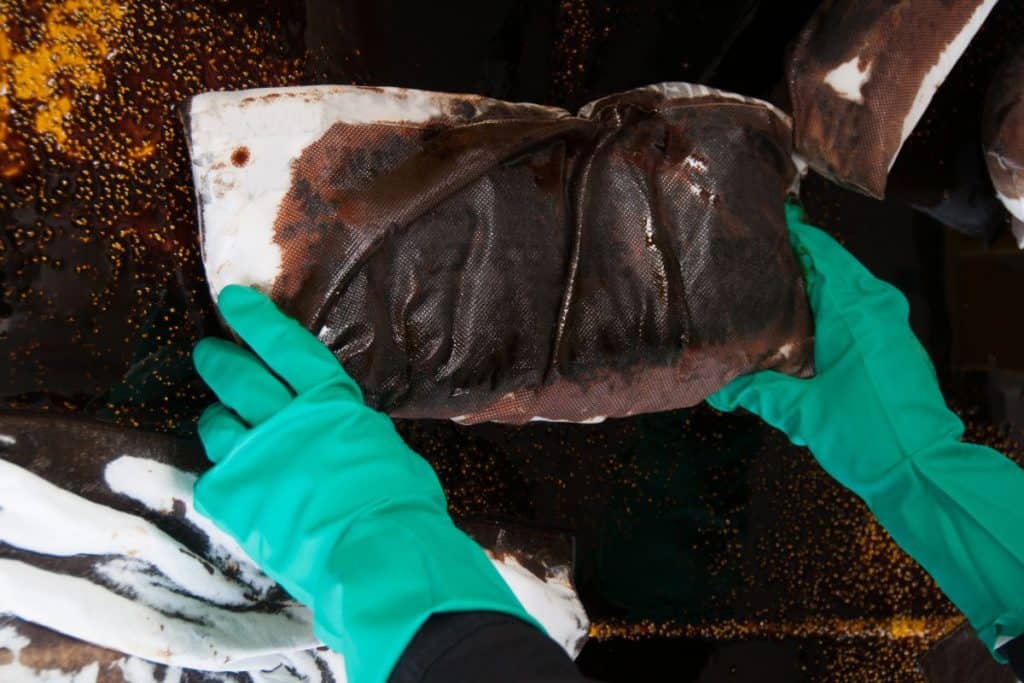
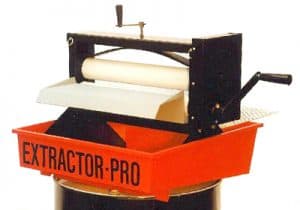
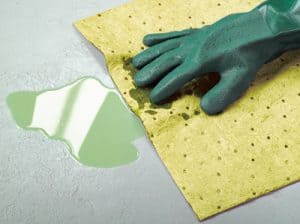
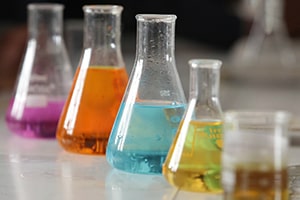 Ever wonder which industries produce the most toxic waste? In this post, we’re going to reveal the top producers of hazardous and toxic waste. While some industries on this list are pretty obvious, others might be more surprising.
Ever wonder which industries produce the most toxic waste? In this post, we’re going to reveal the top producers of hazardous and toxic waste. While some industries on this list are pretty obvious, others might be more surprising.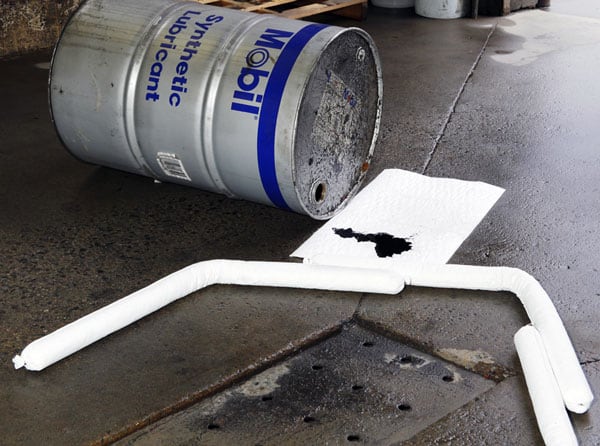
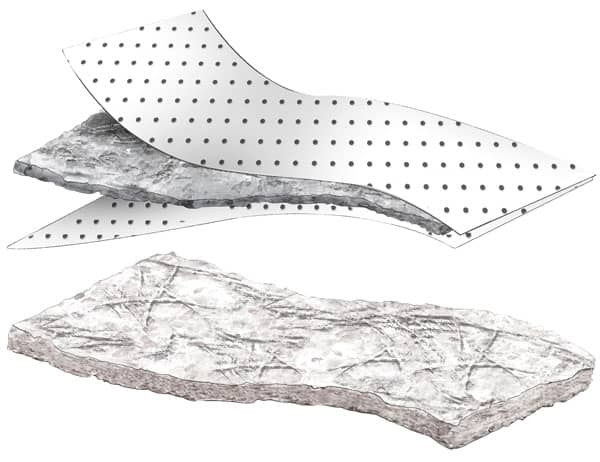
 Stocking your warehouse with absorbents can be a daunting task if you’re not sure where to start.
Stocking your warehouse with absorbents can be a daunting task if you’re not sure where to start.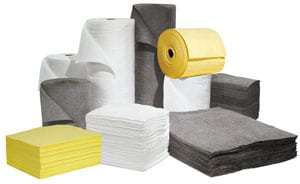
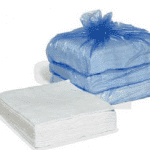





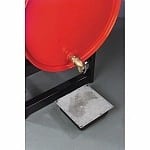

 No matter what kind of facility you have, there are solutions for every spill and every site! This guide aims to help you determine which absorbents best suit your needs — but if you still aren’t sure, you can always get in touch with us. For questions, contact Travis Zdrazil at
No matter what kind of facility you have, there are solutions for every spill and every site! This guide aims to help you determine which absorbents best suit your needs — but if you still aren’t sure, you can always get in touch with us. For questions, contact Travis Zdrazil at 